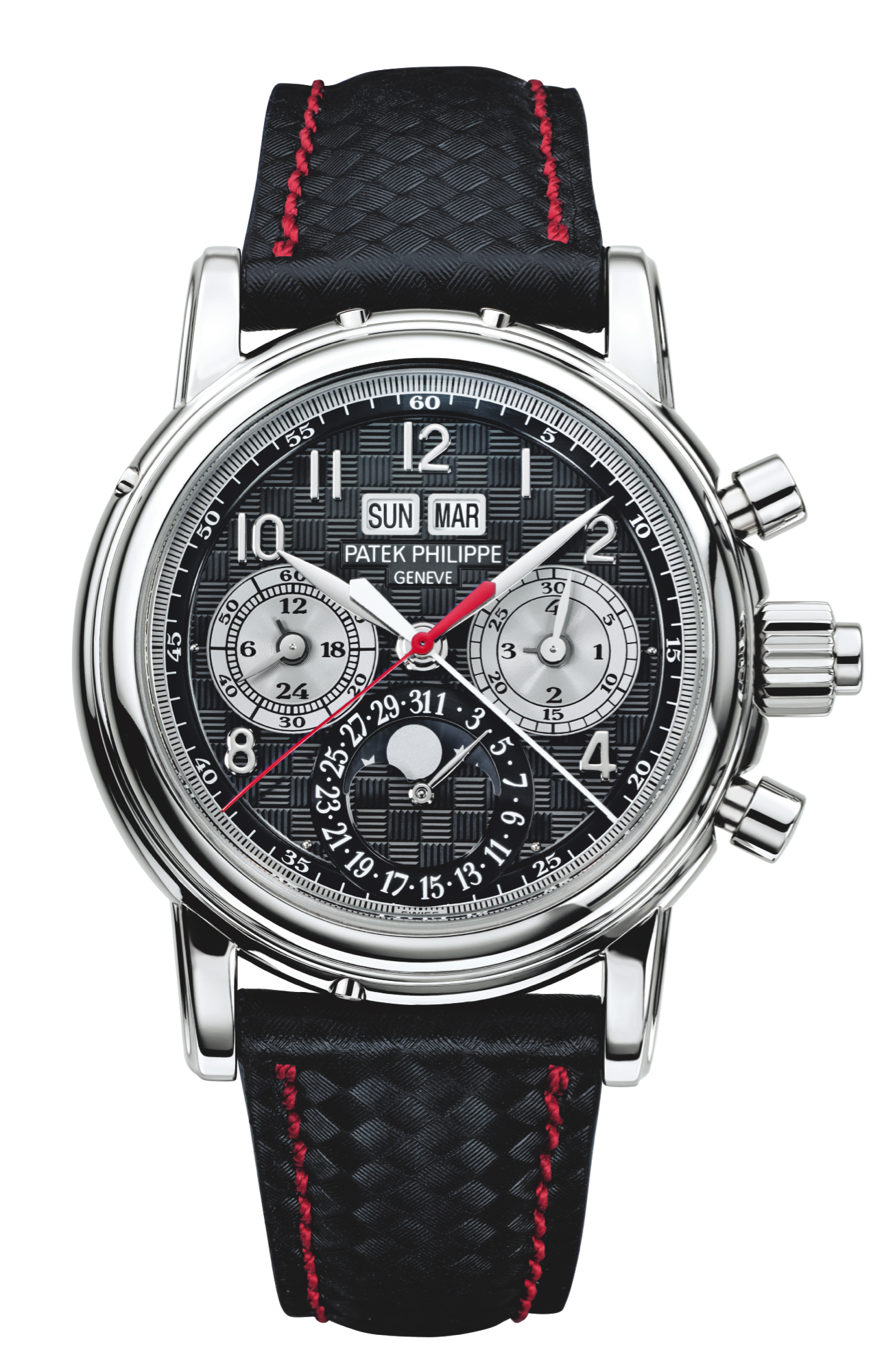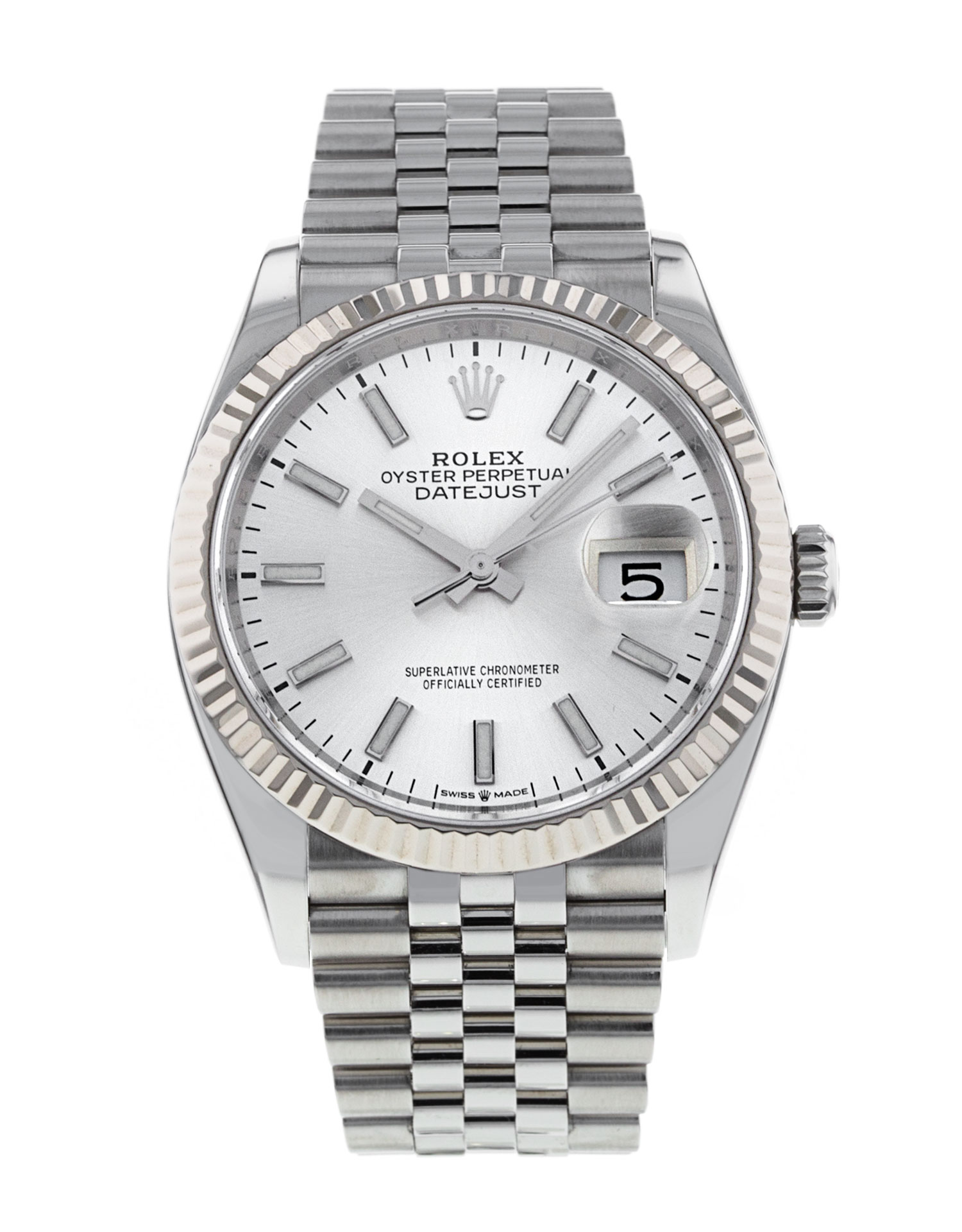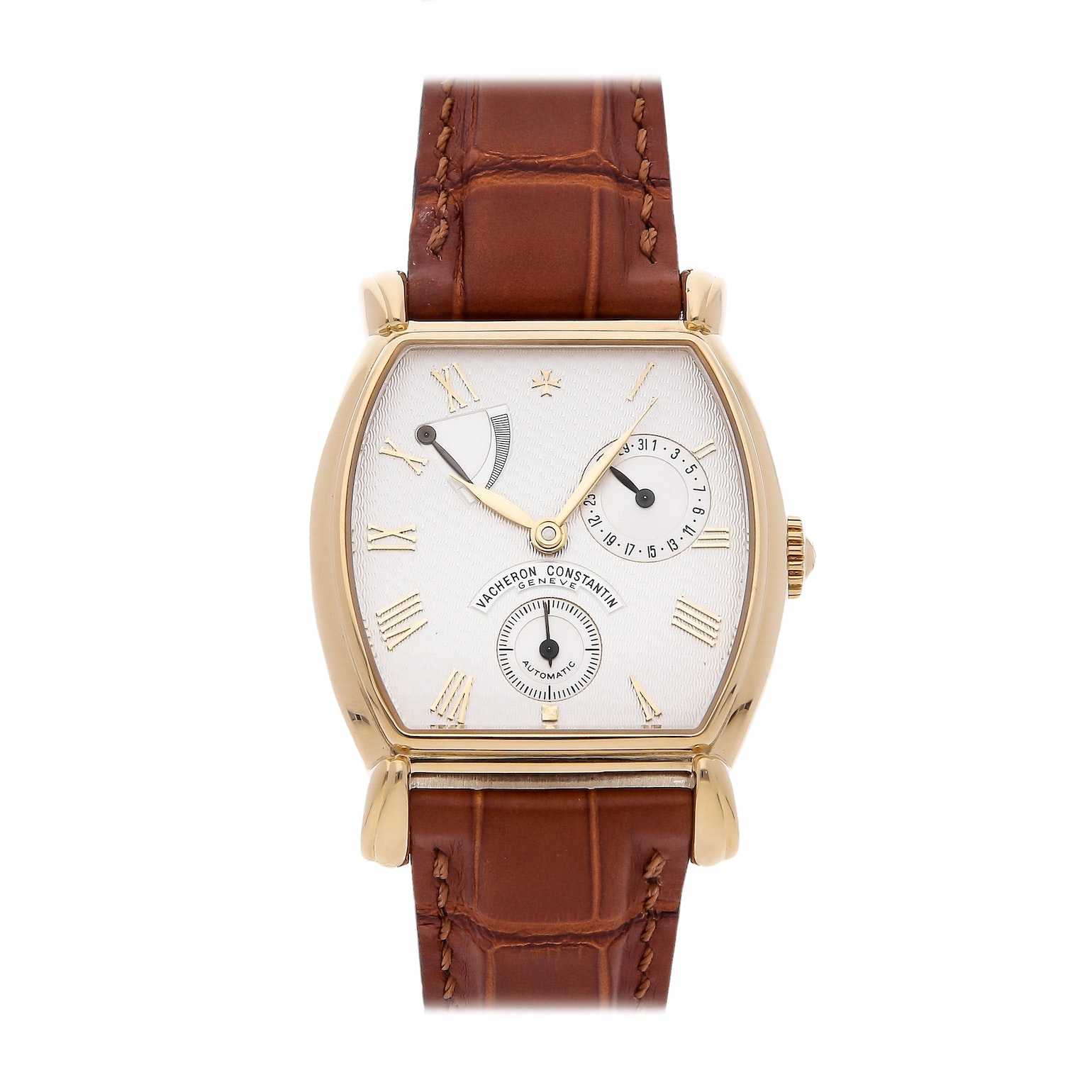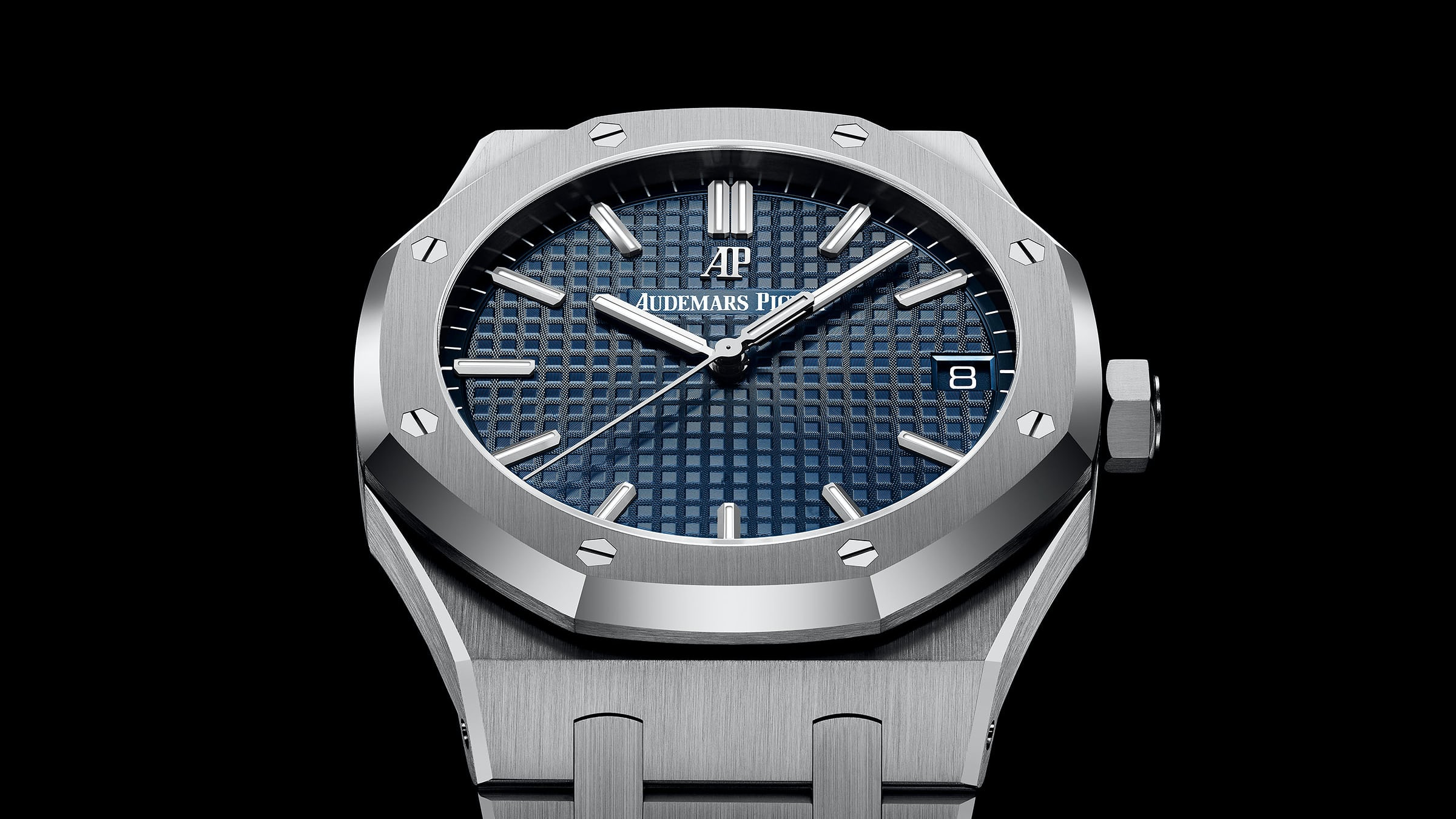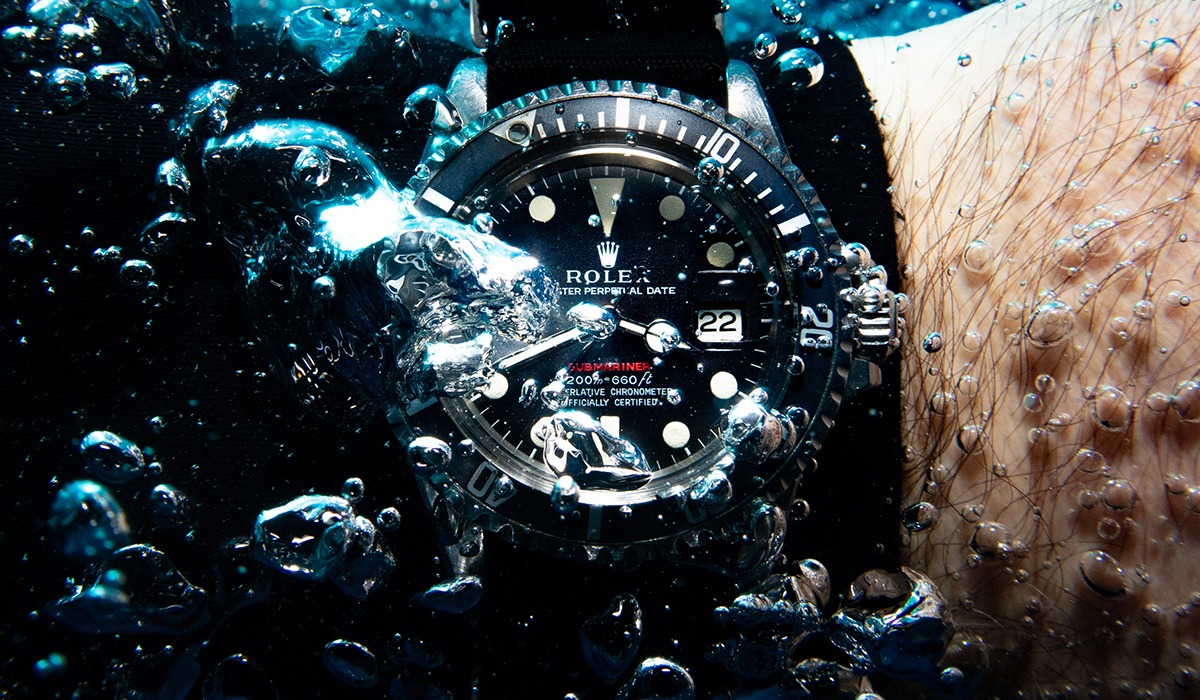There is perhaps no more traditional mechanical complication than the quantième complet, also known as the QC, the complete calendar, and also as the triple calendar. Among the QCs of the world, none is more iconic than Vacheron Constantin's Reference 4240, first released in 1942.
Among the many types of calendar watches, the QC is not the most elaborate. Perpetual Calendars account for the year including leap years, requiring no adjustment over the course of a lifetime. Annual Calendars make adjustments for the length of the months, with the exception of February, thus requiring only one adjustment per year. QCs do not account for the variable lengths of the months, and thus require five adjustments per year when the month is shorter than 31 days.
As we can see, QCs are not the most complicated watches by a long shot, but they are complicated enough. The gear train which divides the running seconds down into minutes and hours on all mechanical watches is further subdivided down into 24-hours segments (the weekdays and date) and then again to 31-day segments for the months.

Vacheron Constantin 4240. Phillips
The extension of the gear train in this manner has allowed different manufacturers to explore a number of interesting interpretations as to where the various wheels that display the calendar elements would land. But it was with the Reference 4240 that Vacheron Constnatin so perfectly laid out their venerable Caliber 485, an elaboration of Jaeger-LeCoultre's caliber 449 time-only movement which formed the basis of many Vacheron Constantin movements throughout the 20th century.
The sub-dial runs the seconds at 6-o'clock, while the day of the week and the month sit in adjacent apertures just above the center of the dial. The 31 days of the month are printed around the outer chapter ring and pointed at with an arrow hand, known simply as a pointer date. The balance of this arrangement goes back centuries to early pocket watches, but the challenge of fitting it into a 35mm case with abundant legibility and aesthetic balance remains one of Vacheron's crowning achievements.

Vacheron 40750
As with all Vacheron Constantin models of the mid-20th century, you will find variations on the dial layouts of the 4240, but the basic structure remains unchanged. Numerals and markers may be different, and colors can sometimes vary. This is unique to Vacheron, but don't let this variety put you off as a collector. It's just one of the things you've got to get used to when considering Vacherons of this time period.
For context, it's worth noting that the earliest wristwatches with complicated calendars didn't emerge until the late 1920s. Patek Philippe retro-fitted a perpetual calendar movement intended for a woman's pocket watch into the first wristwatch perpetual calendar in 1927. This set in motion a trend toward calendar-equipped calendar wrist watches, but the pace of fabrication was quite slow. Perpetual calendar wristwatches could take as long as four years to complete, sometimes longer.

The first wristwatch with perpetual calendar: Patek Philippe
By the late 1930s, the demand for calendar watches was growing, and the simplification of the movement down to annual and triple calendars was proving successful on the market.
The move by Vacheron in 1942 to release the Reference 4240 secured the venerable watchmaker a spot in the growing market for more affordable high-end watches, the same market that Patek Philippe had dominated with the Calatrava during the 1930s in a prescient response to a dwindling luxury class and an emerging upper middle class. Vacheron Constantin offered the 4240 in both yellow and pink gold, but also in steel. The steel models are more rare and, thus, often catch higher bids at auction.

Vacheron Constantin 4240L. Phillips
Vacheron added a moonphase to the complication and released the 4240L in 1948. This model set in motion a trend toward the triple calendar moonphase watch, which became a dominant form during the 1950s, during which time imitators of the 4240 and 4240L were many.
In 1949, Rolex released their triple calendar moonphase Reference 8171, which remained in production until 1952, only to be replaced by new models over and over throughout that decade. Given Rolex's ability to produce large quantities and to set trends, the 1950s was full of triple calendar moonphase watches from nearly every brand, high and low. Collectors will find many from Omega, Universal Geneve, and Zodiac, for example, but there were literally hundreds of brands offering triple calendars with the moonphase addition during the 1950s. One could build an entire collection of them and never have a duplicate.

Rolex moonphase reference 8171
It's hard to imagine how swiftly the triple calendar was wiped from the scene by fashion trends. The 1960s saw the modernist rejection of old-school styles go mainstream, and the triple calendar watch went with it. It's not impossible to find triple calendars from the 1960s and 70s, but it sure is rare.
In fact, Vacheron phased out their triple calendars, and my research suggests that Vacheron didn't produce any triple calendar watches during the 1970s and 80s. However, in the 1990s, Vacheron introduced their Historiques Collection, bringing out the lovely 36mm reference 40750 triple calendar with a moonphase.

Vacheron Constantin Historiques Triple Calendar 1942 and 1948
Then in October of 2017, Vacheron used their Historiques platform to bring us modern interpretations of the venerable 4240 and 4240L – a delightful surprise. The simpler recreation of the 4240 without moonphase is in stainless steel and is named for the year of release, Reference 1942. The model including the moonphase which recreates the 4240L is in gold and is also named for the year of release, Reference 1948.
And so it is, we've gone full circle around the calendar, right back to the one of the most iconic horological archetypes ever created.


